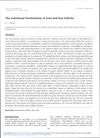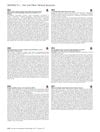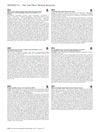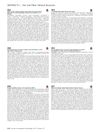Glycogen Metabolism and Cori Cycle in Human Hair Follicles
September 2017
in “
The journal of investigative dermatology/Journal of investigative dermatology
”
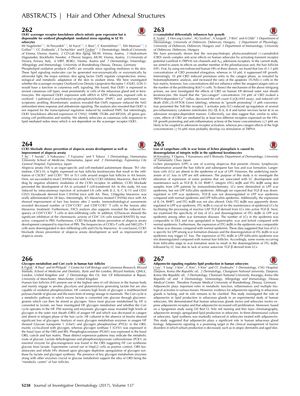
TLDR Human hair follicles have a unique way of using energy and might use the Cori cycle; blocking CCR5 could help treat hair loss.
The document from 2017 reported on a study that found human hair follicles (HFs) primarily perform aerobic glycolysis and glutaminolysis, with high glycogen levels in the outer root sheath (ORS) during the anagen phase, which diminish in catagen and are absent in telogen phase. This suggests the ORS may serve as a "metabolic centre" for HFs, capable of synthesizing glucose from lactate, indicating the Cori cycle's operation within HFs. Additionally, another study demonstrated that the drug Maraviroc, which blocks CCR5, could prevent alopecia areata (AA) and improve hair loss in mice by reducing CD4+CCR5+ T cells, proposing CCR5 as a potential AA treatment target. Other research explored the effects of (-)-cannabidiol on hair growth, the role of OLR1 in sebocytes, the loss of Langerhans cells in lichen planopilaris, and the regulation of lipid production by adiponectin signaling in human sebocytes.

